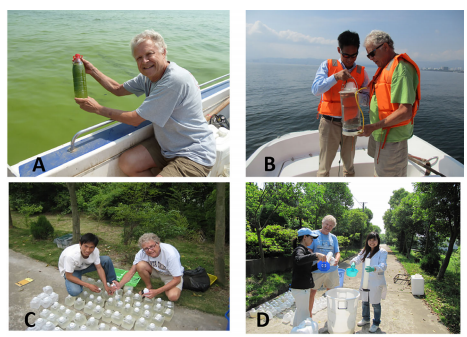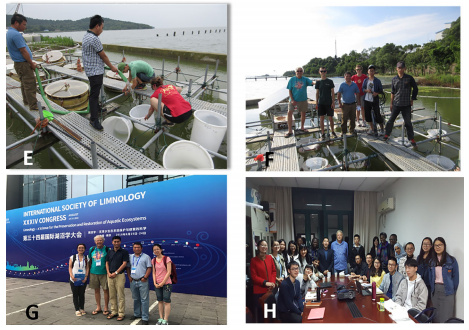Tackling harmful cyanobacterial blooms with Chinese colleagues: we’re all in the same boat
Harmful cyanobacterial blooms (CyanoHABs) are a rapidly proliferating global problem, threatening the use and sustainability of our freshwater resources. In recent decades, the United States, China, and other developed and developing countries threatened by CyanoHAB expansion have established collaborative efforts aimed at mitigating and managing this environmental and human health problem. However, an escalating negative political climate and restrictive policies on scientific exchange threaten these efforts. In this Perspective, I point to progress that has been made to counter the CyanoHAB problem on U.S.–Chinese fronts through our collaborations, which have been mutually beneficial from research and academic perspectives. Much like global efforts now needed to control pandemics, we are all “in the same boat” when to comes to countering the threat CyanoHABs pose for drinkable, swimmable, and fishable freshwater supplies and human health.


FIG. (A) Hans Paerl collecting surface algal bloom sample at Lake Taihu, China. (B) Prof. Guangwei Xu and Hans Paerl collecting plankton samples at Lake Erhai, Yunnan Province, China. (C) Prof. Guangwei Xu and Hans Paerl, preparing nutrient addition bioassays near Lake Taihu. (D) Chinese Graduate Students and Hans Paerl filling bioassays with lake Taihu water. (E and F) U.S. and Chinese students working at the experimental mesocosm site located on the shore of Lake Taihu. (G) Hans Paerl and collaborators at the International Society of Limnology (SIL) meetings, held in Nanjing, China, August, 2018. (H) Prof, Yiping Li and Hans Paerl at a Graduate Student Symposium, Hohai University, Nanjing.
Hans W. Paerl. 2020. JOURNAL OF PHYCOLOGY.DOI: 10.1111/jpy.13058
